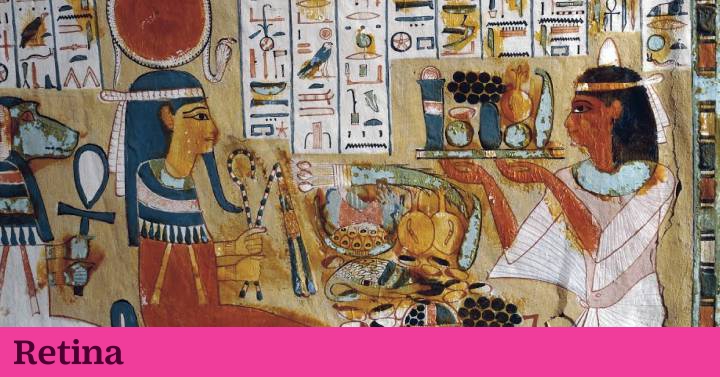FOLLOW
- Follow
On July 15, 1799, Pierre-François Bouchard discovered the Rosetta stone in the middle of a war between France and Egypt. Almost two millennia later, Napoleon Bonaparte's desire to conquer allowed understanding the hitherto enigmatic Egyptian hieroglyphs. Already in the 21st century, Google has put artificial intelligence to work for two and a half years to digitize that carved granite block. The result has been Fabricius, a free and open source app designed to both write and decipher the language of the pharaohs.
Chance Coughenour, archaeologist and head of preservation at Google Arts & Culture, does not hide that the project emerged as an experiment. He knew that tools like machine learning have great value in decoding ancient languages, as is the case with Egyptian symbology. Until now, the only way to interpret it was to look at the hieroglyph, remember it, and look it up in books and huge spreadsheets. And with the added difficulty that many images are very similar, making it easy to be wrong. “With this app we shorten the times. If the image is good, in 15 or 20 minutes we have the translation, although we still have enough to decipher them all ”.
Fabricius, available from this Wednesday, offers different options. It is designed for all kinds of audiences. From those who are just looking for a little entertainment to the greatest Egyptologists. Upon entering the application we find a menu with three options: learn, play and work. The first one immerses us in the language of this ancient civilization, the second one helps to write and send our own hieroglyphs and the third one is totally designed for researchers. Even with the intention of going further than the language itself, Google has included educational stories for students, such as about pyramids, mummies, art and tombs.
Apart from the educational and playful part, which allows us to add emojis to the hieroglyphs or send a digital postcard in a perfect classic Egyptian, the professional section aims to become an almost unlimited Rosetta stone. “The more people use it, the more algorithms learn, and over time it will become the best solution. It is a question of data and training, "says Coughenour. Thanks to the technology that Google uses in image recognition, when we capture an incomplete symbol, it identifies its elements and infer three possibilities for experts to determine which would be the correct option. "The margin of error is low, although we need to reduce it," he says.
If nothing changes the deadlines, this fall they will implement it at the Australian Egyptology Center, which has collaborated on the project together with companies such as video game developer Ubisoft. Precisely, the Assassin's Creed Origins , the company's flagship saga and whose history in this title focuses on ancient Egypt, was partly to blame for wanting to enter the world of the pharaohs. "We wanted to extract the more pedagogical side of video games. If we know about cloud computing and artificial intelligence as well, why not use them to experiment with this? The idea was to bring the tool to inexperienced people on these issues, "he says.
An accessible culture
Google Arts & Culture tries to make culture accessible to everyone. The most recent is her commitment to ancient Egypt, but we can also stroll through the Art Institute of Chicago or the Taj Mahal as well as discover Japanese cuisine. Some 2,000 institutions around the world collaborate with the technology giant with the sole intention of preserving the heritage of humanity. An interesting example would be the National Museum of Brazil, which burned almost completely in September 2018. "With these cultural initiatives we have been able to tour the art gallery again after the devastation or to keep alive and continue investigating the Mayan legacy," ditch Coughenour.
Because Fabricius is still in full swing, translations of the hieroglyphs are only available in English and Arabic. Although Coughenour does not anticipate what the following languages might be, it is clear that his intention is to incorporate new languages in the coming months. The priority is to improve the precision of the tool, which, as you remember, is always verified by experts - the algorithms have not yet acquired the necessary knowledge.
A better understanding of ancient Egypt depends on the success of the application. If the Rosetta stone only offered a partial translation of the language, a new horizon now opens. So far incomprehensible symbols are a mere image of becoming intelligible. Digitization has allowed part of the ancient secrets of a pharaonic civilization to gradually leave their graves. "The advantage is that the app can be used by anyone, so we can collect data from an infinite number of sources," Coughenour concludes.

